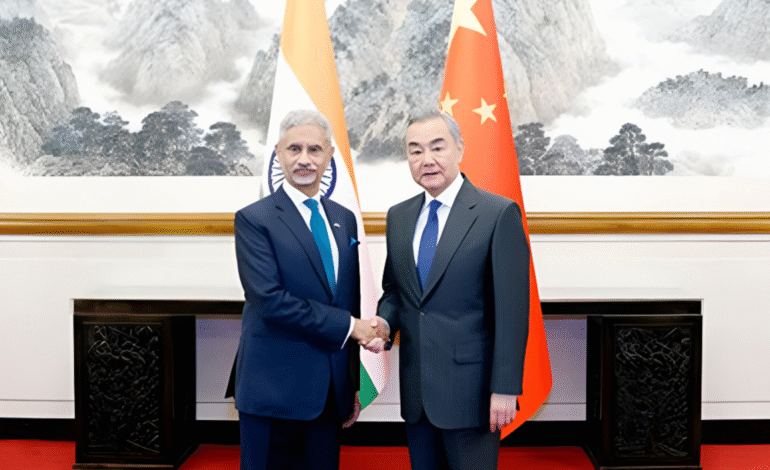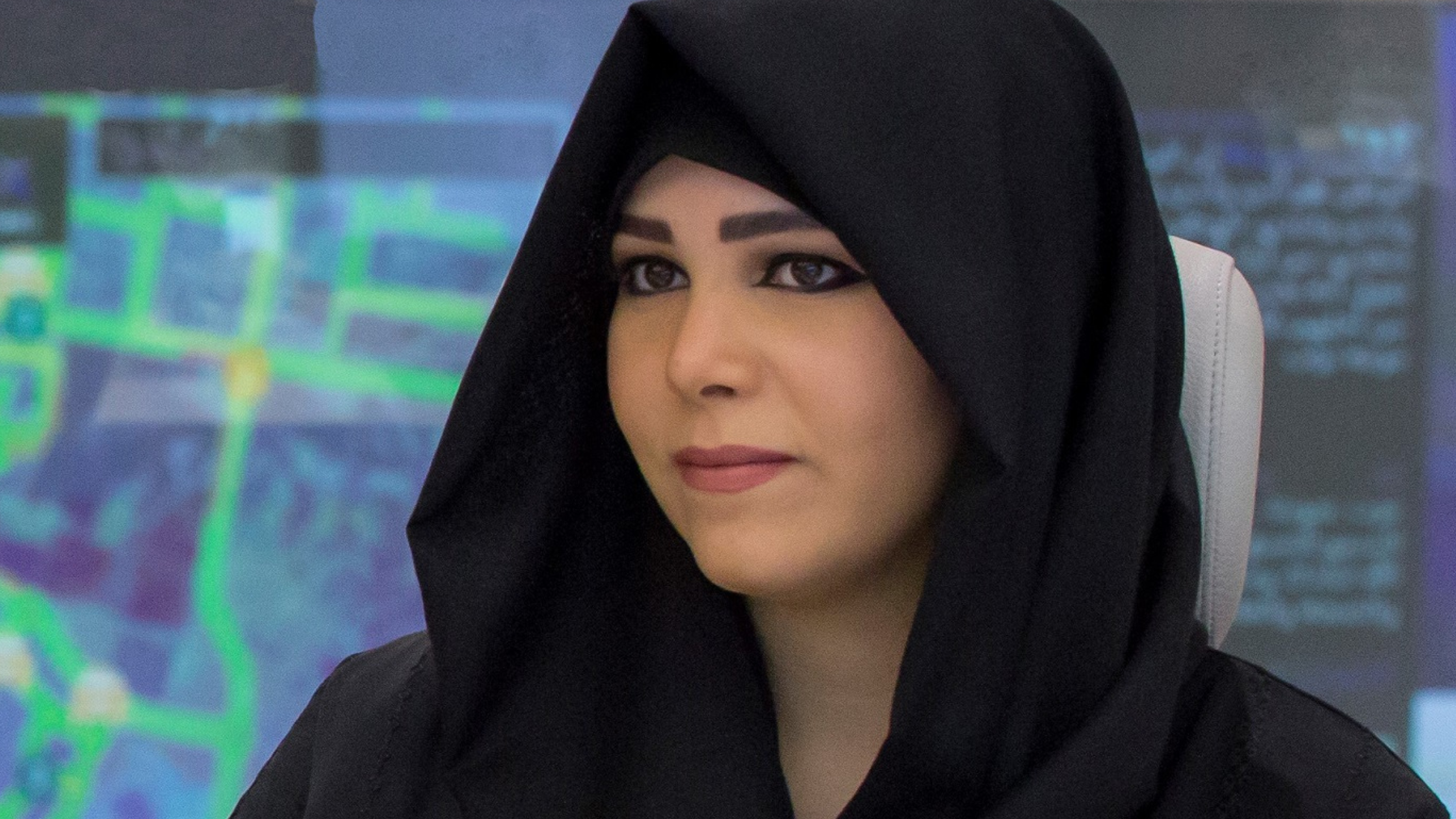India-China Cooperation Strengthens Amid Calls to Resolve Conflicts Peacefully

In a significant diplomatic development, China’s Foreign Minister Wang Yi declared that Beijing is ready to work closely with New Delhi to handle differences and avoid conflict, emphasizing trust and cooperation as the foundation of future bilateral ties. The meeting took place during the Shanghai Cooperation Organisation (SCO) Foreign Ministers’ Summit held in Beijing, where Wang met with India’s External Affairs Minister S. Jaishankar to discuss regional stability, border concerns, and economic collaboration. The dialogue underlined both nations’ willingness to turn a page in their historically complicated relationship, while also acknowledging the work that lies ahead.
A Strong Message of Trust and Cooperation from Beijing
China’s Foreign Minister Wang Yi delivered a direct and carefully worded message during his interaction with S. Jaishankar: India and China must trust rather than suspect one another, and choose cooperation over competition. This sentiment, shared via multiple international media agencies including Reuters and Xinhua, clearly indicates China’s intention to reduce tensions and seek a mutually beneficial path forward.
Wang emphasized that the future of India-China relations depends not on rivalry but on shared prosperity. He proposed that both countries look beyond current disputes and lay the groundwork for a long-term vision of peaceful coexistence, economic cooperation, and multilateral partnership. This position stands in contrast to the competitive overtones that have characterized recent geopolitical narratives, especially following the 2020 Galwan Valley clash.
Wang’s emphasis on restoring diplomatic warmth comes with the suggestion that India and China should engage in forward-looking planning and strategic communication. According to China’s state-run Xinhua agency, he stated, “China and India should adhere to the direction of good-neighbourliness and friendship, and find a way for mutual respect and trust, peaceful coexistence, common development and win-win cooperation.”
Jaishankar Responds with Diplomatic Optimism
India’s External Affairs Minister S. Jaishankar responded by stressing the importance of a “far-seeing approach.” He acknowledged the improvement in bilateral ties over the past nine months, largely credited to the high-level meeting between Prime Minister Narendra Modi and Chinese President Xi Jinping in Kazan, Russia, in October 2024. That conversation opened a new chapter of dialogue, and Jaishankar reinforced that progress continues.
He highlighted that Indian and Chinese representatives have since met regularly at various global forums, building a rhythm of diplomatic engagement that he hopes will soon translate into reciprocal visits in both countries. With India and China celebrating 75 years of diplomatic relations, the opportunity to transform ties into a model of modern Asian diplomacy is greater than ever.
Border Frictions Addressed with Caution
Despite the optimistic tone, Jaishankar did not shy away from addressing the elephant in the room the ongoing border issue. He candidly remarked that while bilateral relations have improved, it is largely because of progress made in de-escalating friction along the Line of Actual Control (LAC).
“The resolution of friction along the border is the fundamental basis for mutual strategic trust,” Jaishankar stated. His comments reflect the deep-seated importance India places on territorial sovereignty and the necessity for maintaining peace in sensitive regions. Although there has been no formal agreement on disengagement from all conflict points, both sides have worked quietly through diplomatic and military channels to ease tensions.
The Broader Context: Multilateral Trade and Global Stability
Beyond bilateral issues, Wang Yi’s message was framed within the global trade environment. China is increasingly focused on countering the effects of protectionist policies particularly those associated with the United States’ “America First” economic strategy. Wang emphasized China’s intent to work with India in safeguarding the multilateral trading system, which he views as crucial for the health of the global production and supply chain.
This stance resonates well with India’s growing interest in becoming a global manufacturing hub. A stable, rules-based international trade system offers enormous economic opportunities for both countries and reduces vulnerabilities to external shocks. If India and China can find common ground here, their partnership could serve as a bulwark against trade disruptions caused by geopolitical shifts in the West.
Impact on the Middle East and the UAE’s Strategic Calculus
The warming of India-China relations also has implications beyond the two countries. For the United Arab Emirates and broader Middle East, stability between these two Asian giants translates into more predictable supply chains, consistent energy demand, and potential partnerships in digital infrastructure, green energy, and maritime logistics.
Given that the UAE has strong bilateral ties with both India and China, the success of Indo-Chinese cooperation could enhance trilateral engagements in areas like technology, trade facilitation, and cultural exchange. The UAE is increasingly positioning itself as a global connector, and harmonious ties between its two largest Asian partners support that strategy.
Additionally, projects tied to China’s Belt and Road Initiative (BRI) and India’s focus on maritime diplomacy and infrastructure, such as SAGAR (Security and Growth for All in the Region), converge in regions like the Indian Ocean and the Arabian Gulf. Improved coordination between India and China could strengthen these cross-border initiatives in ways that include UAE-based enterprises and ports.
The Shadow of Past Tensions
While the current tone is one of peace and collaboration, past issues continue to cast a long shadow. From the 1962 war to the more recent Galwan clashes, mistrust runs deep. India’s consistent demand for restoring the status quo along the LAC reflects its concern over China’s actions in contested regions. In turn, China has often viewed India’s alignment with Western strategic blocs like the Quad as a countermeasure to its influence.
Even now, while words of cooperation dominate headlines, actual implementation will determine the trajectory of relations. Will both sides pull back troops permanently from disputed points? Will economic ties deepen beyond surface-level commitments? These questions remain central to regional observers, policymakers, and economists alike.
75 Years of Diplomacy: A Time for Reflection and Renewal
The 75th anniversary of diplomatic relations offers a rare chance to reflect on both achievements and challenges. Over the decades, India and China have witnessed war, trade surges, and political standoffs. But they’ve also engaged in joint exercises, cultural exchanges, and coordinated responses to global issues like climate change and public health.
This anniversary is not just ceremonial it can serve as a foundational point to renew commitments. It also signals maturity in the relationship, acknowledging that even among regional competitors, peace is more productive than prolonged conflict.
A Changing Geopolitical Landscape and India-China’s Global Role
The world is shifting rapidly. The U.S.–China trade war, Russia’s repositioning in Eurasia, the evolving role of Africa, and the rise of Southeast Asian economies are altering traditional power dynamics. In this scenario, India and China home to more than a third of the world’s population are natural leaders of the Global South.
Working together, they could push for reforms in multilateral institutions, craft balanced digital governance norms, and lead transitions in clean energy and health infrastructure. Conversely, if they allow historic baggage to derail progress, it could polarize Asia and undercut regional development.
What Comes Next?
If the tone of this SCO meeting translates into concrete action, several key developments might emerge:
- A new framework for border conflict resolution, involving regular summits and military disengagement
- Enhanced bilateral trade agreements focusing on critical goods and technologies
- Joint positions on WTO reforms and support for emerging markets
- Coordinated infrastructure and logistics investments in third countries, particularly in the Middle East and Africa
The road ahead won’t be easy. National pride, military preparedness, and regional alliances will continue to shape decisions. However, diplomatic channels are open, and both countries appear ready to walk the talk—for now.
The Road to Mutual Growth
The meeting between Wang Yi and S. Jaishankar marks more than just another round of diplomatic discussion. It reflects a growing awareness that Asia’s future lies in synergy, not standoff. With global power centers shifting and economic uncertainties looming, the choice to trust, respect, and cooperate could unlock unparalleled opportunities not just for India and China but for the broader region and the world.
If the commitments made in Beijing are realized through action, the world could witness the rise of a new era of collaboration between two of the 21st century’s most consequential nations.








1 Comment
[…] field tests in China were designed to push the boundaries of self-driving technology, ensuring that participating […]
Comments are closed.